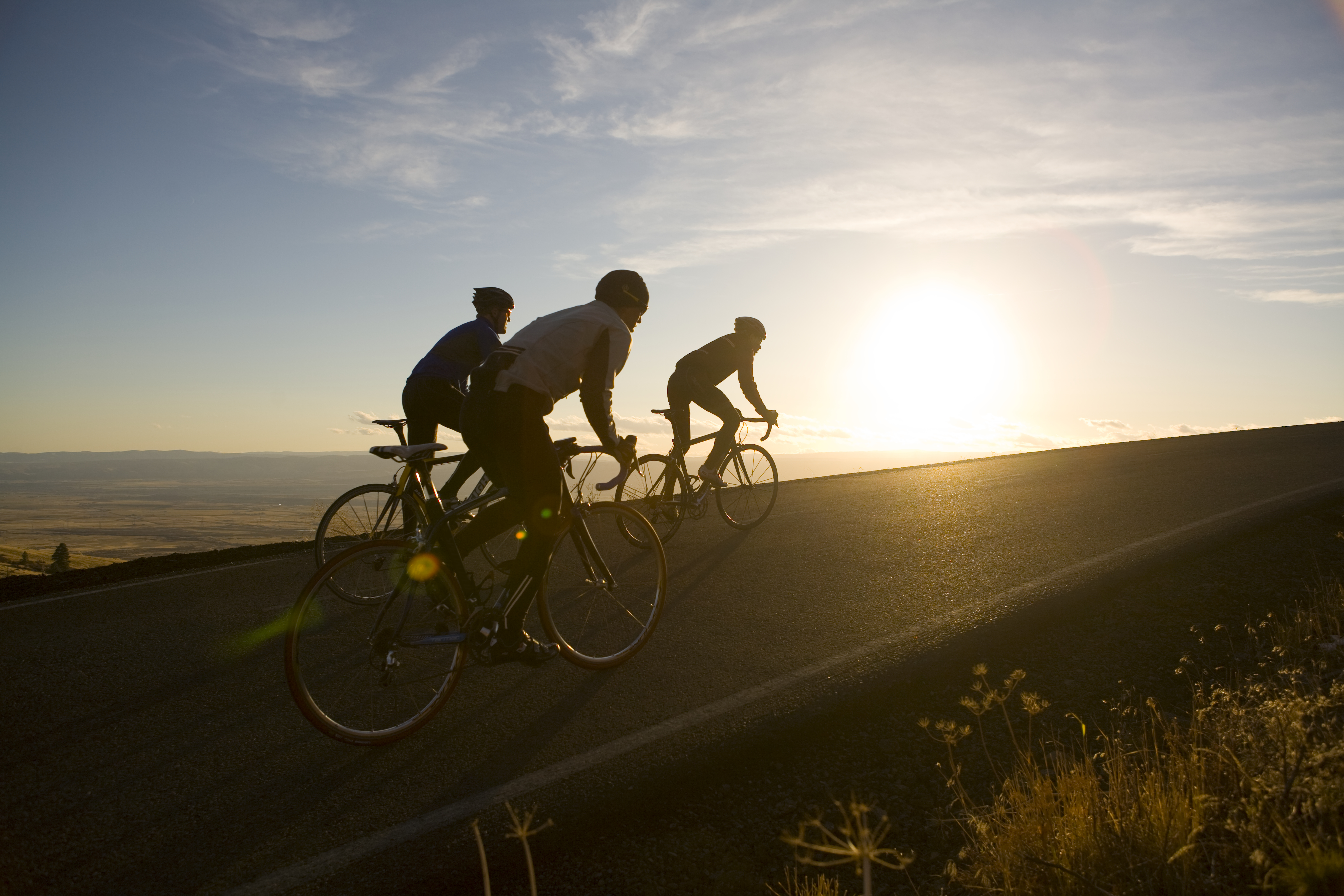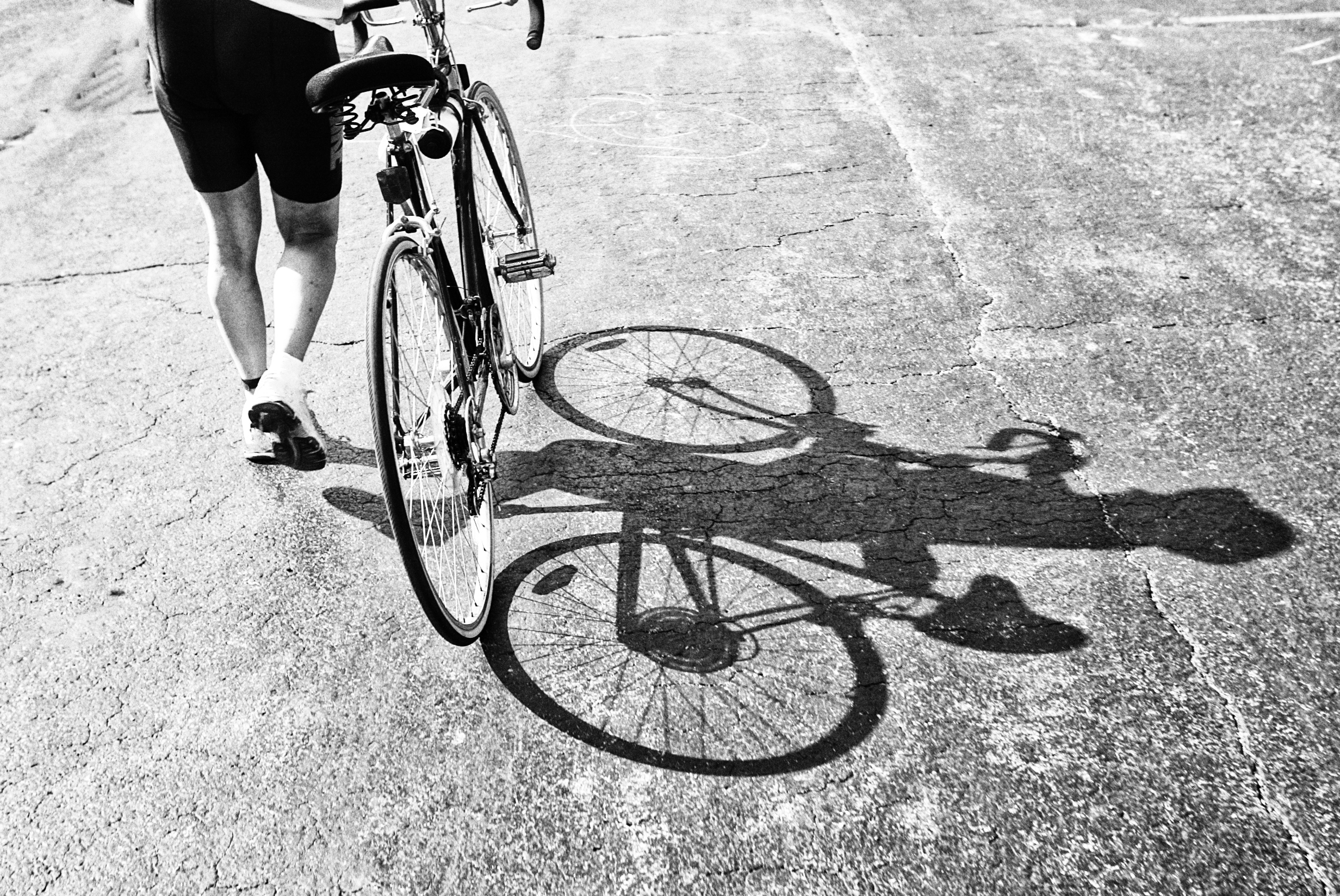There were 805 cyclist deaths in 1950 – let's stop grasping for a mythical 'Golden Age of Cycling'
Demanding more as cyclists will always be important, but we shouldn't be blinded to everyday goodness


If your online algorithms are anything like mine, you will have been told many times to live more in the present. I'm not sure exactly what that says about me, but I don't imagine I'm alone. Media of all kinds is alive with mindfulness and similar strategies exhorting us to live more in the moment, rather than waiting for a situation to change, or wishing it was like it once was.
Cycling as a whole could do with a bit of this right now.
There has been much talk in recent times about a 'golden age' of cycling – as promised to us by Boris Johnson in 2020 but hasn't really materialised.
It sounds like a nice idea, but what exactly is a golden age of cycling anyway? I'd call it a fantasy and a myth. Something that will never happen and probably never has – so let's stop grasping for it.
This isn't a defeatist message – it's not even one of realism. Like those mindfulness teachings, it's more a reframing. Let's never stop striving for better, but let's not write off the here and now either, as the loser in a head-to-head with some mythical utopian decade.
The term 'golden age' itself suggests something finite. Do we want something finite? No – we want something lasting and permanent – more bums on saddles, better treatment from drivers, the end of cantilever brakes… it's a long list.
The 1950s are often cited as a golden age for bike riding, when around a quarter of journeys were made by bike – as opposed to the less than 2% now. But would we really want to return to the period – with its heavy bikes, terrible brakes and tyres, not to mention a decline in riding throughout the period and 805 cyclist deaths in 1950 – nearly 10 times the number killed in 2023 (83).
The latest race content, interviews, features, reviews and expert buying guides, direct to your inbox!
How to explain this? Yes, people cycled more back then – but according to Department for Transport stats, only 3.4 times as much (12.4bn cycle miles in 1950 vs 3.6bn in 2023) – certainly not 10 times more. Added to that, there were only 10% of the vehicle miles driven in 1950 than there are today – so far fewer vehicles to contend with.
Transport journalist and cycling historian Carlton Reid says this disparity is rooted largely in factors such as lax motoring standards and poor policing.
"Motorists routinely went too fast for the technology then existing," he told Cycling Weekly. Reid, who is currently undertaking a 4,500-mile round-Britain ride, added: "Probably a big factor is the modern 'retreat from the street' where pedestrians and cyclists no longer go out so much as in the 1950s."
Maybe just as surprising is how many similarities there are between the fifties and today when it comes to how we feel about our lot.
In late 1954, proposals for new legislation to introduce new offences of careless and dangerous cycling, with fines of up to £30 and prison sentences of up to six months. An amendment to the bill also proposed that it would become compulsory for cyclists to ride on cycle paths and use registration plates. All sounds rather familiar, doesn't it?
"We should be the last to object to any useful applications of the law that would help to reduce even those accidents, mostly minor… for which cyclists are to blame," ran the editorial in Cycling Weekly, December 16, 1954. "This extension… simply provides a bigger stick especially for the least naughty of the road classes."
Evidently the measures forcing riders to use cycle paths and fit registration plates did not make it through, but the laws against careless and dangerous cycling did and have been in existence for decades. They do not, however, apply to causing death – that is still covered by the 'wanton and furious cycling' law.

Nostalgia trip
I'm sometimes tempted to think of my early cycling days in the Eighties and Nineties as something of a golden age. I loved the steel frames, the polished components, and the comparative lack of traffic. But like much of our harking back to a 'better time', this is just nostalgia. Back in the Eighties there were still well in excess of 200 deaths every year, and while the traffic may have been less, I still remember close passes aplenty.
Fair enough, but what's so good about the present?
Putting aside the huge advancements in equipment and clothing even in the last 20 years, significant steps forward in cycling safety have been taken.
Take laws such as death by careless driving, which was only introduced in 2006. Before that time an inattentive driver could cause death and walk away with a fine unless the far more onerous charge of death by 'dangerous' driving could be proven.
In addition, changes to the Highway Code in 2022 laid out minimum passing distances for vehicles passing cyclists and a hierarchy of road users, meaning heavier vehicles (like cars) "bear the greatest responsibility to take care and reduce the danger they pose to others".
While a general lack of knowledge of up-to-date Highway Code rules may play out in our experiences on the roads, we can take solace in the fact that this is the stuff being learned inside-out by new drivers.
That's not to say we should be satisfied, and as long as cyclists are being hurt on our roads, we should continue to push for improvements. With more than 21,000 seriously injured cyclists between 2018-2022 (and only 2.5% of those not involving another vehicle), we clearly have a long way to go.
The 21st century has been a rough ride for many industry players too, first with independent bike shops struggling to compete with online cycling superstores like Wiggle, and then, in the wake of Covid and the war in Ukraine, global supply and surplus issues, as well as spiralling costs of almost everything, leading to a slew of industry names – Wiggle included – entering administration or being sold off. Most recently, venerable UK frame builder Mercian announced it was going into liquidation.
But just this last weekend I spent a day riding on and off-road with a good friend. It was pretty much perfect, from the weather to the company to the bikes and the lanes and trails – a day no mythical 'golden age' could improve on, and the sort of day that is available to all of us.
We should never stop demanding more of our politicians, of our town planners and our lawmakers when it comes to cycling. But the point where we will suddenly be completely satisfied doesn't exist, so let's squeeze every drop of enjoyment from the here and now. It's precious.

Thank you for reading 20 articles this month* Join now for unlimited access
Enjoy your first month for just £1 / $1 / €1
*Read 5 free articles per month without a subscription

Join now for unlimited access
Try first month for just £1 / $1 / €1
After cutting his teeth on local and national newspapers, James began at Cycling Weekly as a sub-editor in 2000 when the current office was literally all fields.
Eventually becoming chief sub-editor, in 2016 he switched to the job of full-time writer, and covers news, racing and features.
He has worked at a variety of races, from the Classics to the Giro d'Italia – and this year will be his seventh Tour de France.
A lifelong cyclist and cycling fan, James's racing days (and most of his fitness) are now behind him. But he still rides regularly, both on the road and on the gravelly stuff.
